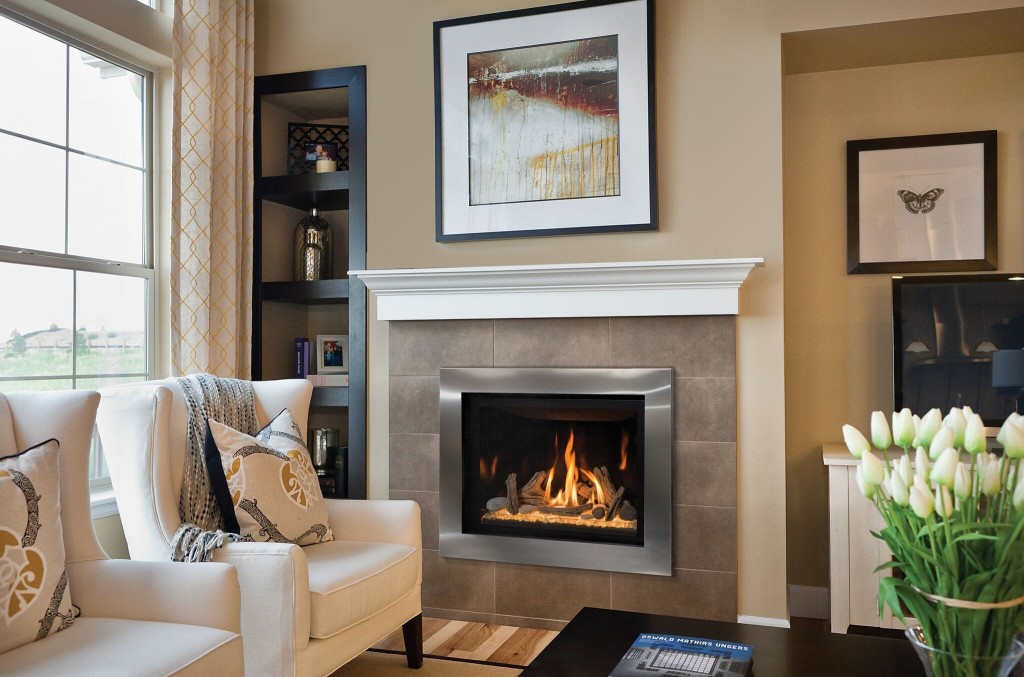does a gas fireplace need electricity to work
A gas fireplace can be a wonderful addition to any home, creating a cozy and inviting atmosphere. But have you ever wondered how exactly a gas fireplace works? In this post, we will take a closer look at the inner workings of a gas fireplace and explore everything you need to know about it.
How Does a Gas Fireplace Work?
Gas fireplaces are designed to provide warmth and ambiance without the hassles and drawbacks of traditional wood-burning fireplaces. They operate on natural gas or propane and use a burner assembly to create flames that simulate the look of a real wood fire.
The key components of a gas fireplace include a gas valve, a pilot light, a thermocouple, a thermopile, and a burner assembly. Let's dive deeper into each of these parts and understand their roles:

Burner Assembly
The burner assembly is where the magic happens. It consists of a series of small holes or slots that release the gas into the combustion chamber. The design of the burner assembly ensures that the flames spread evenly across the entire log set or firebox, creating a realistic and aesthetically pleasing fire.
Gas Valve
The gas valve is responsible for controlling the flow of gas to the burner assembly. It operates on a simple principle - when you turn on the fireplace, the gas valve opens to allow gas to flow to the burner assembly. This flow of gas is what ignites the flames and creates the fire.
Pilot Light
The pilot light is a small flame that constantly burns in the fireplace. It serves as a source of ignition for the main burner. When you turn on the fireplace, the gas valve releases gas to the pilot light, and it ignites the gas. Once the pilot light is lit, it becomes the source of heat for the thermocouple and thermopile.
Thermocouple
The thermocouple is a safety device that prevents gas leaks. It is a small metal rod positioned near the pilot light flame. When the thermocouple detects the heat from the pilot light, it generates a small electric current that keeps the gas valve open. However, if the pilot light goes out, the thermocouple cools down and produces no current, resulting in the gas valve closing to prevent any gas leaks.
Thermopile
The thermopile is another safety device that functions similarly to the thermocouple. It consists of multiple thermocouples connected in series. When the pilot light heats the thermopile, it generates a higher electric current than a single thermocouple. This current keeps the gas valve open and ensures the continuous flow of gas to the burner assembly.
Now that we have explored the fundamental components of a gas fireplace let's move on to the temperature aspect.
How Hot Does a Gas Fireplace Get?
A gas fireplace can generate a significant amount of heat, but the temperature it reaches depends on various factors, including the type of burner assembly, the size of the fireplace, and the specific gas fireplace model.

Gas Fireplace Temperature Range
The temperature range of a gas fireplace typically ranges from 20,000 to 40,000 BTUs (British Thermal Units) per hour. However, it is important to note that the BTU rating is not the sole indicator of how hot a gas fireplace can get. The efficiency of the fireplace, the configuration of the logs or firebox, and the position of the gas jets also play a role in determining the temperature.
Factors Affecting Gas Fireplace Temperature
Here are some factors that can affect the temperature of a gas fireplace:
- Adjustable Controls: Many gas fireplaces come with adjustable controls that allow you to increase or decrease the heat output. By adjusting the controls, you can modify the temperature to suit your preferences.
- Room Size: The size of the room in which the gas fireplace is installed can impact the temperature. A larger room will require a higher BTU rating to effectively heat the space.
- Insulation: The insulation in your home also affects the efficiency of the gas fireplace. Good insulation helps trap the heat and prevents it from escaping, allowing the room to reach higher temperatures.
- Ventilation: Proper ventilation is essential for the safe operation of a gas fireplace. It ensures that carbon monoxide and other combustion byproducts are safely expelled from the room, preventing a buildup of heat and harmful gases.
It is crucial to remember that while gas fireplaces can generate a substantial amount of heat, they should never be used as the primary source of heating for a home. They are designed to provide supplemental heat and create a cozy ambiance.
In conclusion, a gas fireplace works by utilizing a burner assembly, gas valve, pilot light, thermocouple, and thermopile. These components work together to create a realistic flame while ensuring safety and efficiency. The temperature of a gas fireplace can vary depending on factors such as BTU rating, adjustable controls, room size, insulation, and ventilation. With proper usage and regular maintenance, a gas fireplace can be enjoyed for its warmth and visual appeal for years to come.
Sources:
- https://www.kozyheat.com/how-does-a-gas-fireplace-work/
- https://www.thecoldwire.com/how-hot-does-a-gas-fireplace-get/


Post a Comment for "does a gas fireplace need electricity to work"
Post a Comment